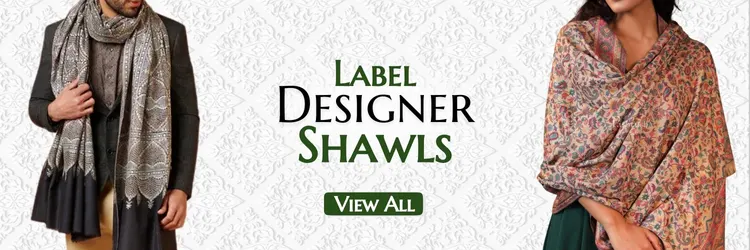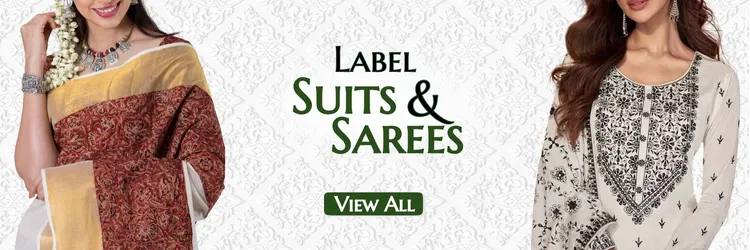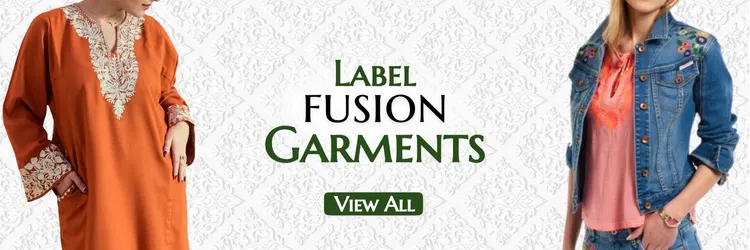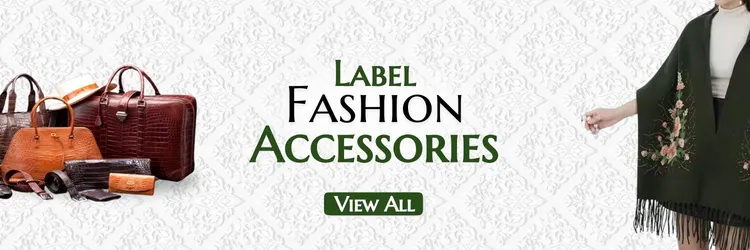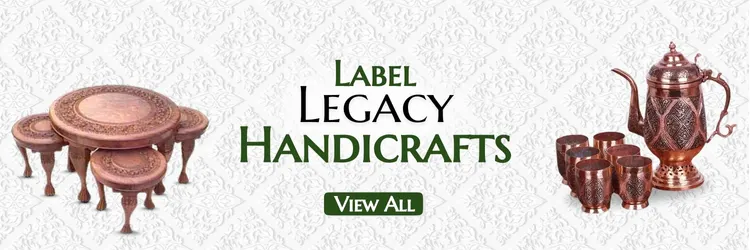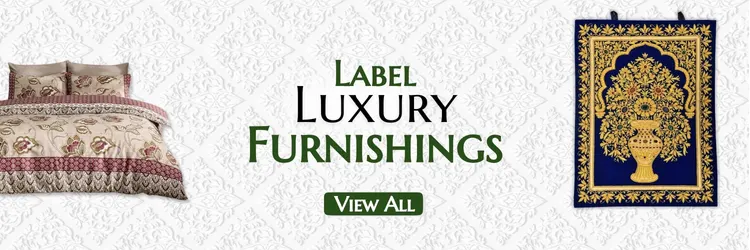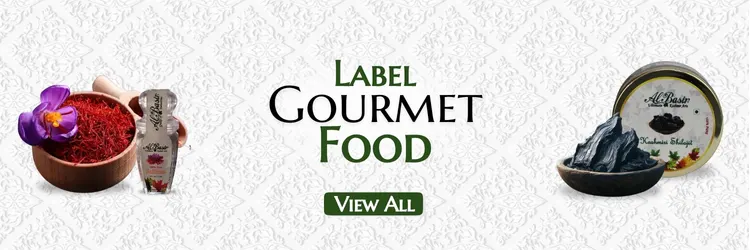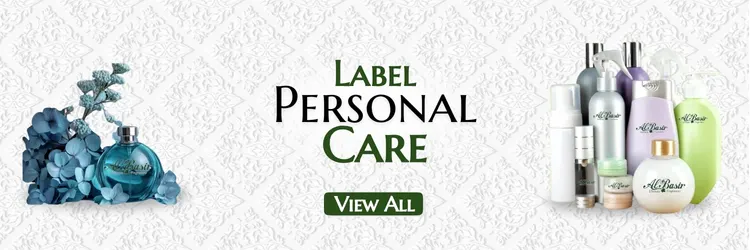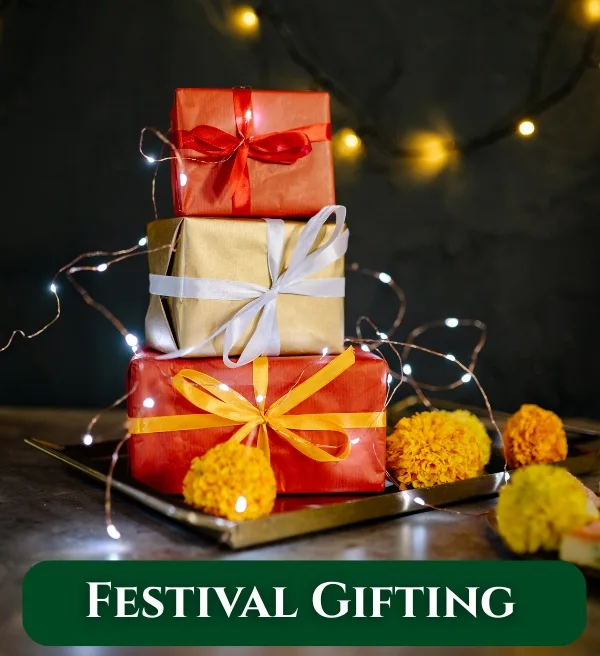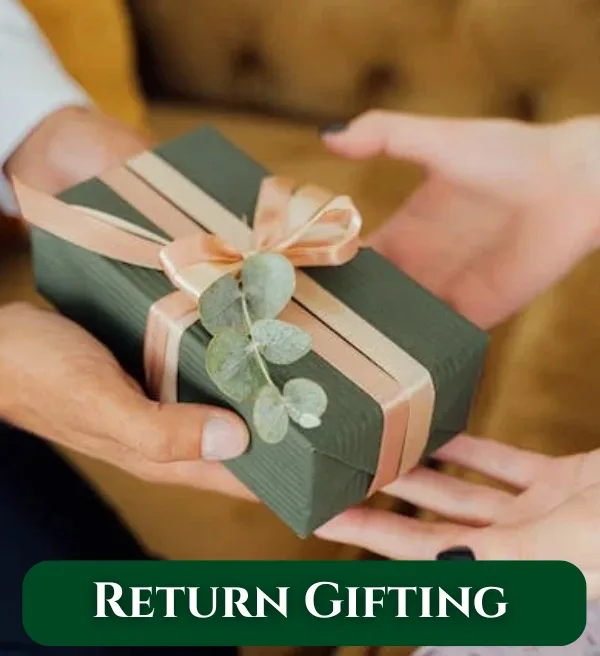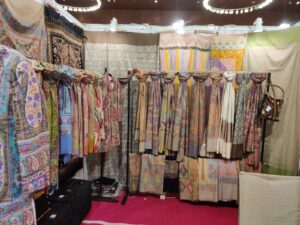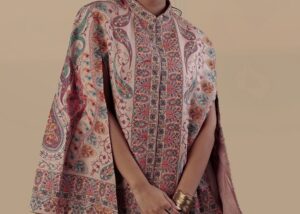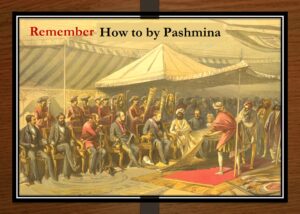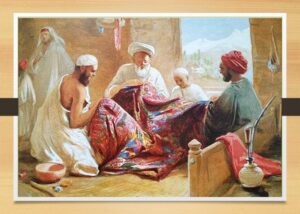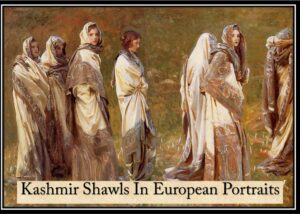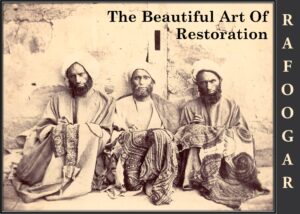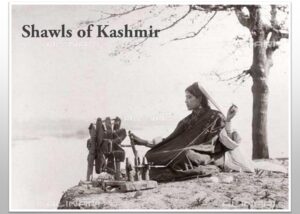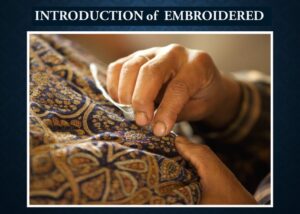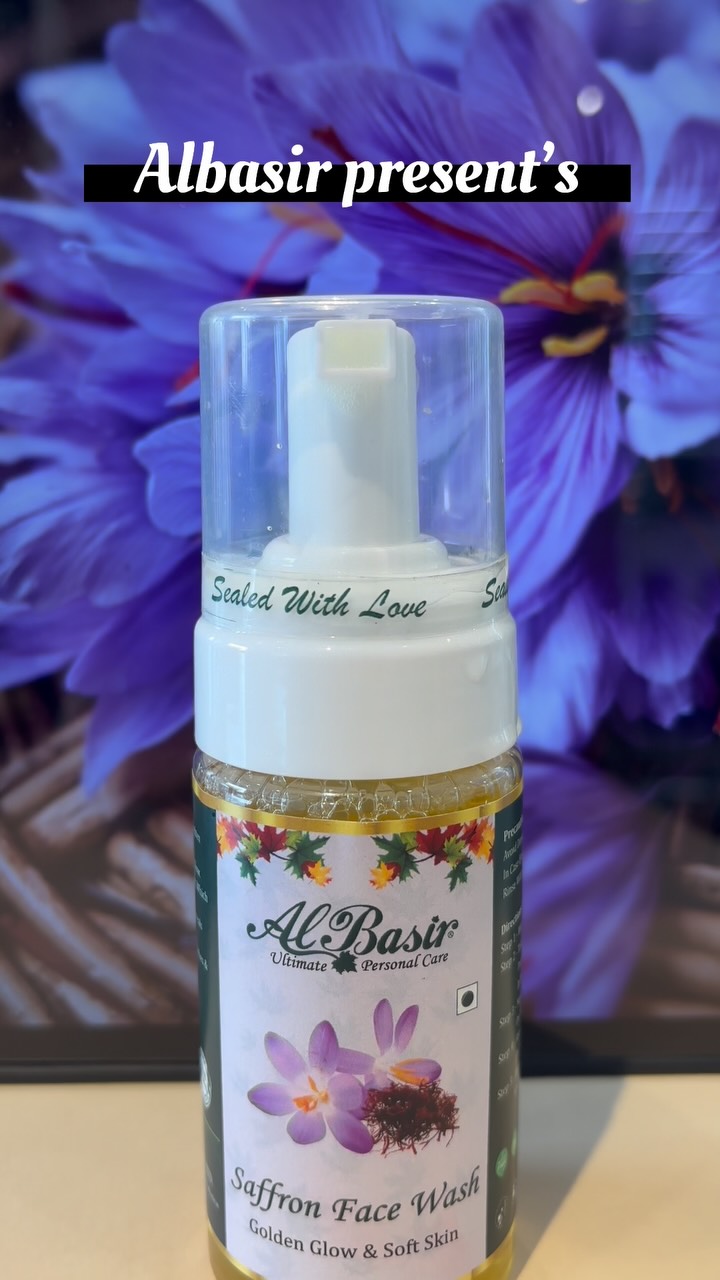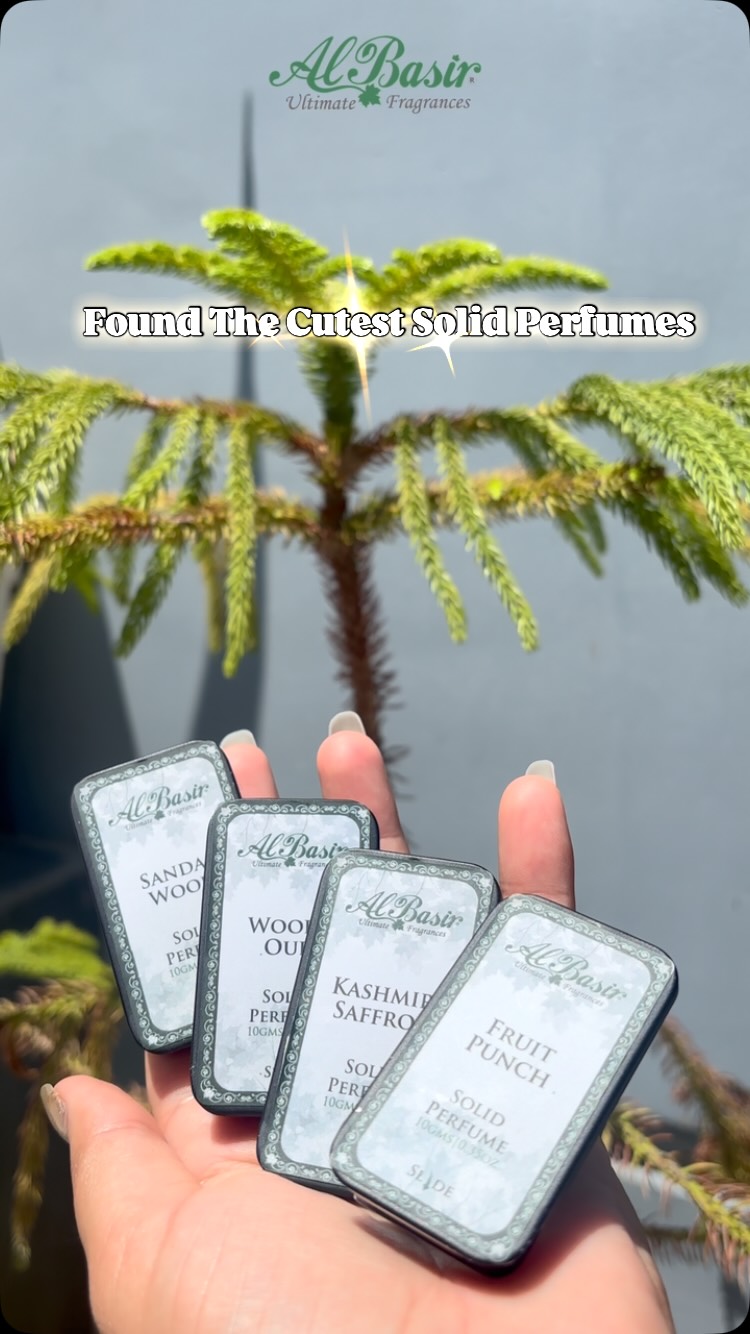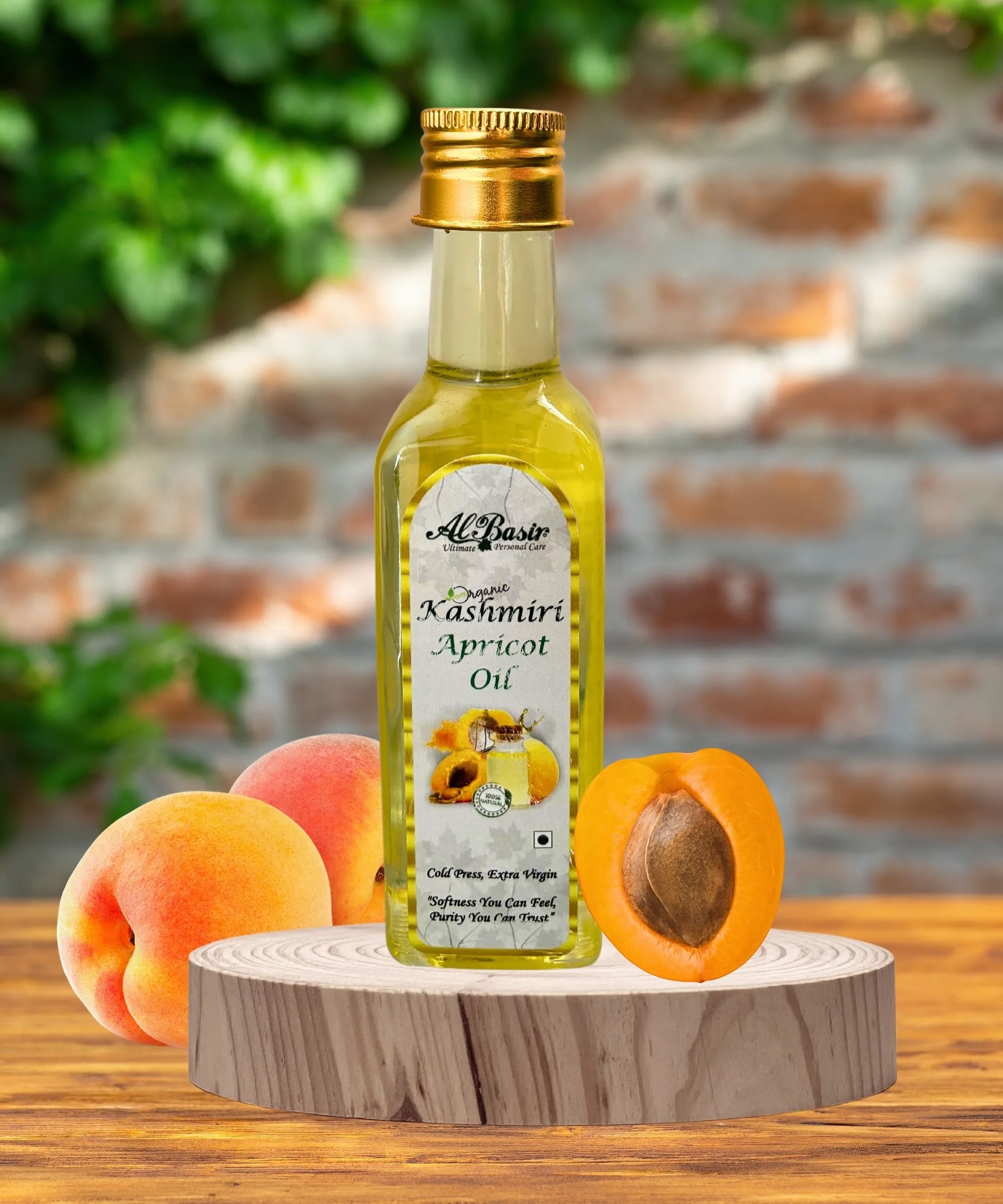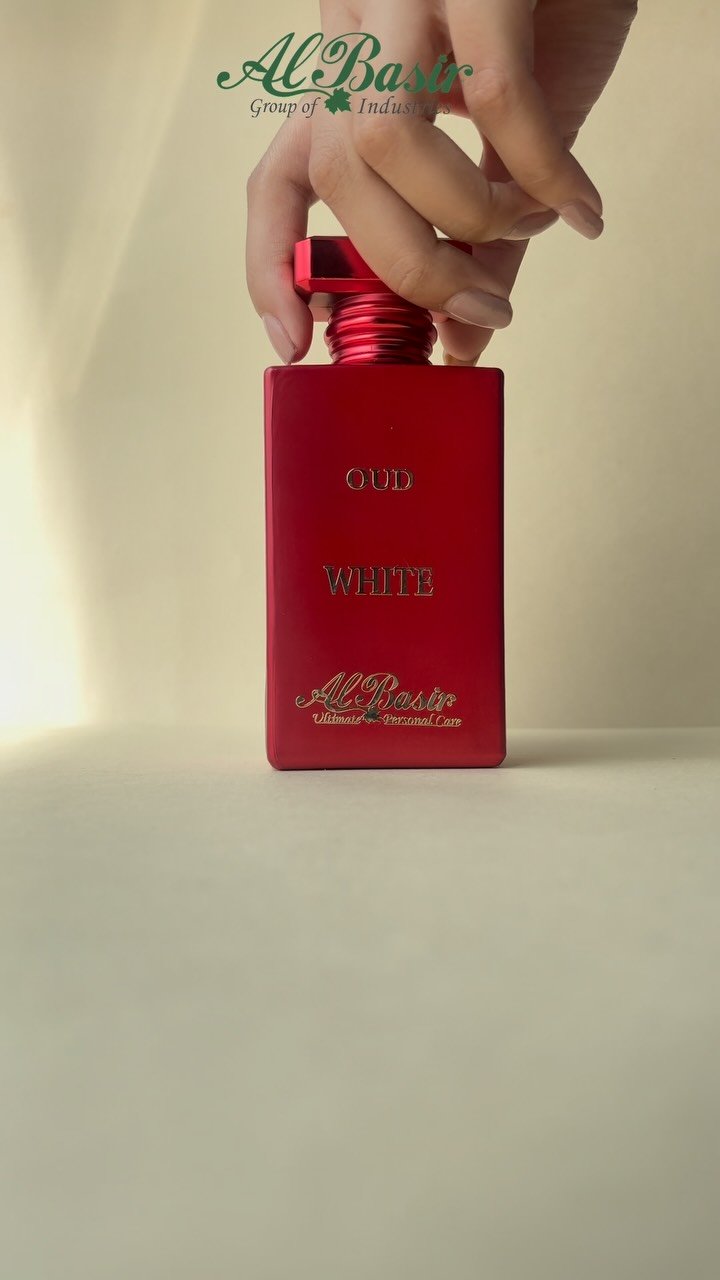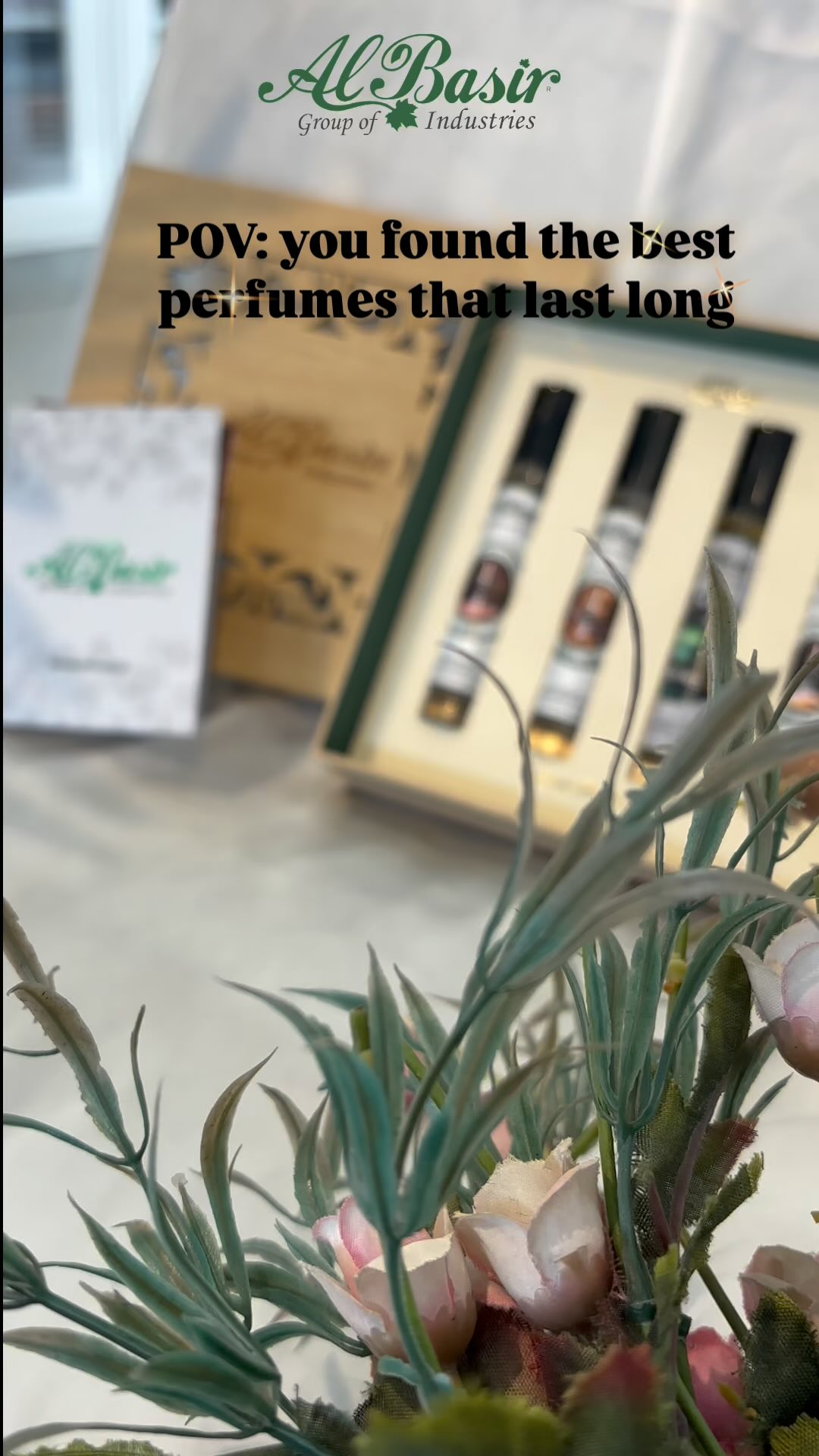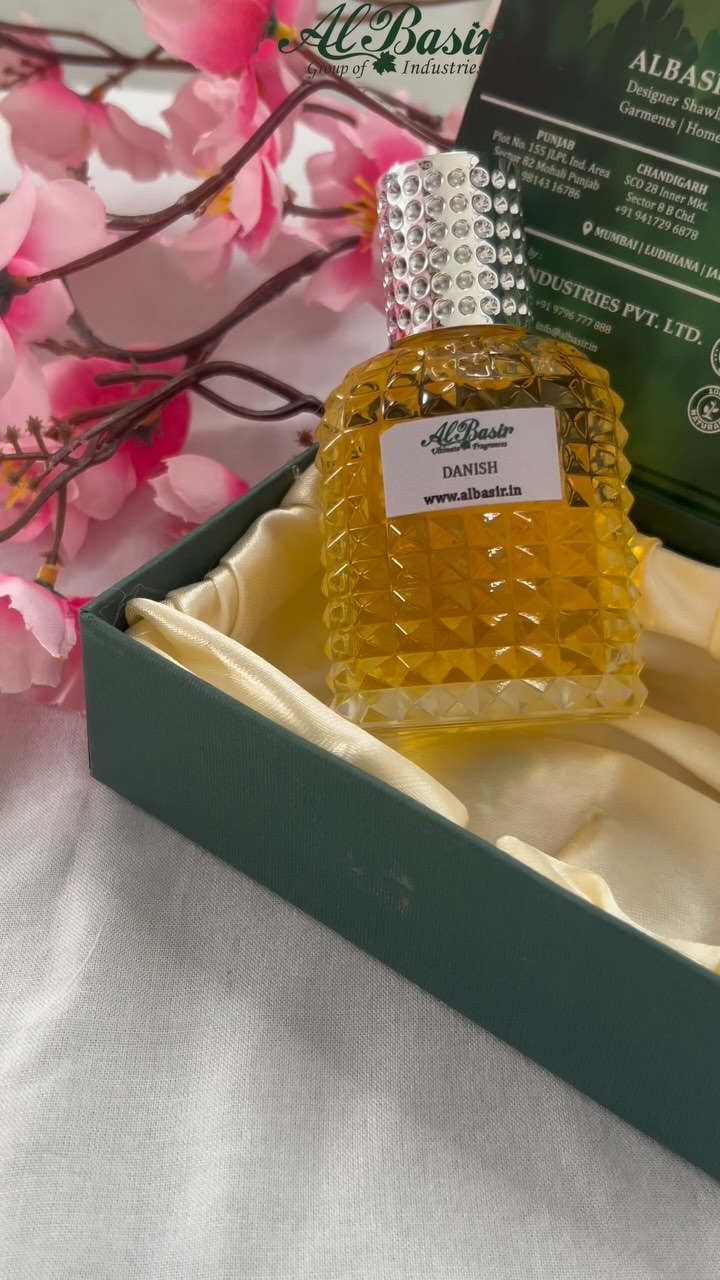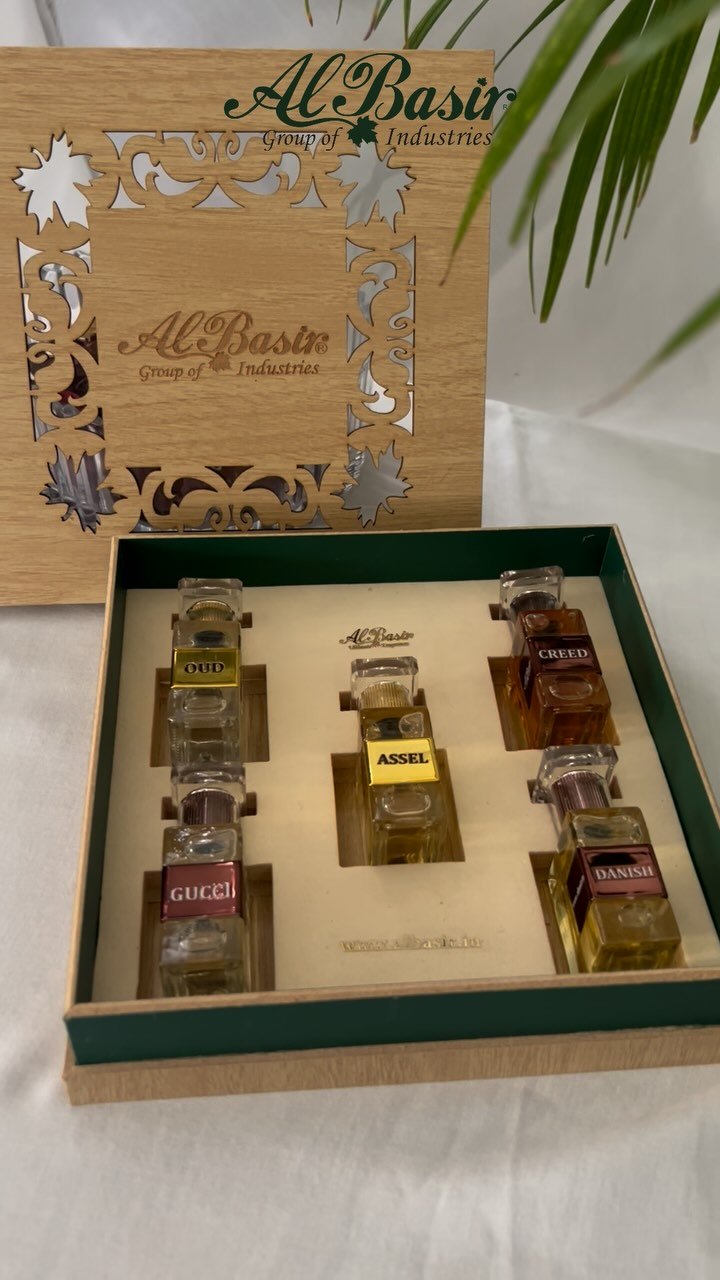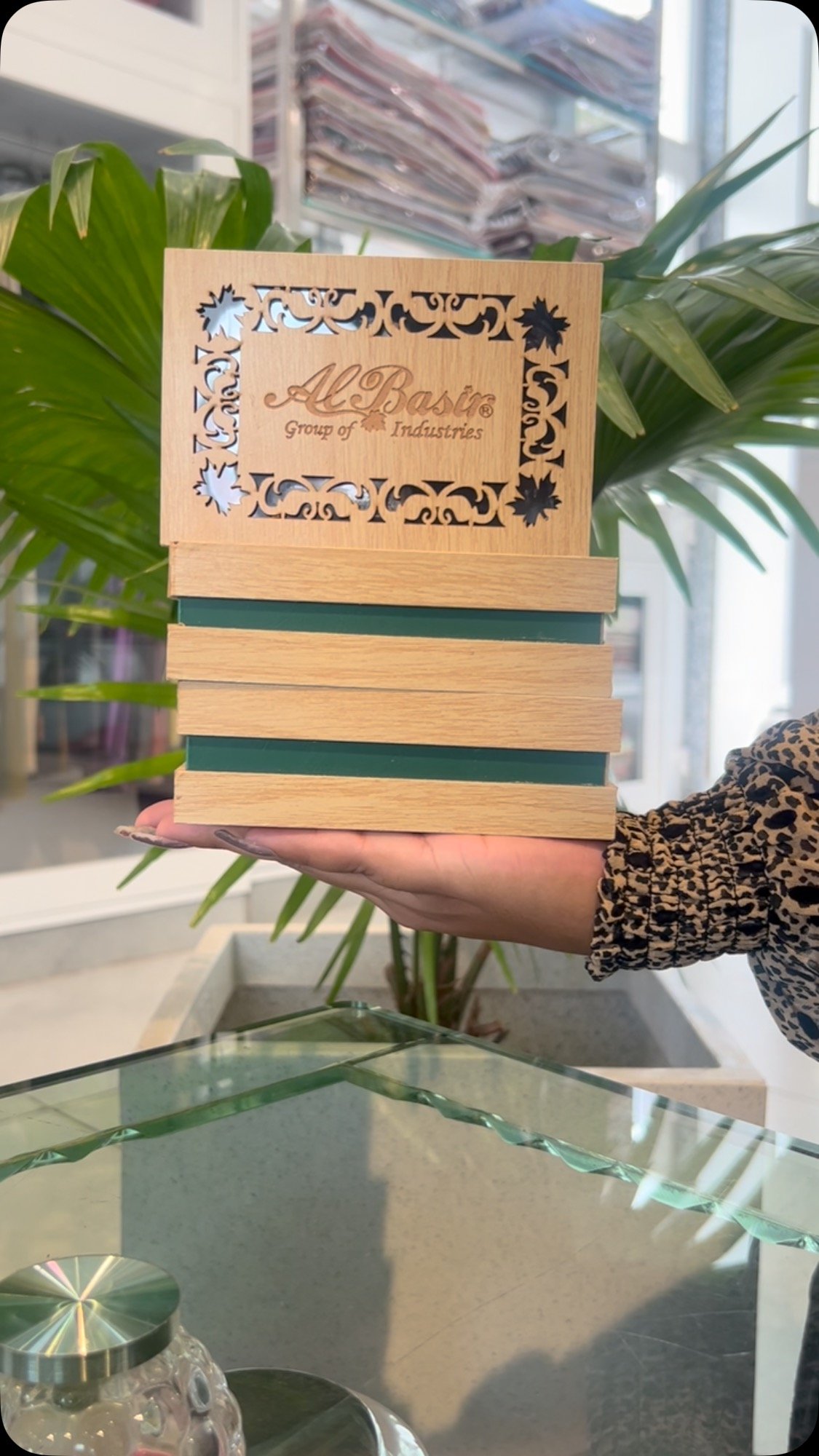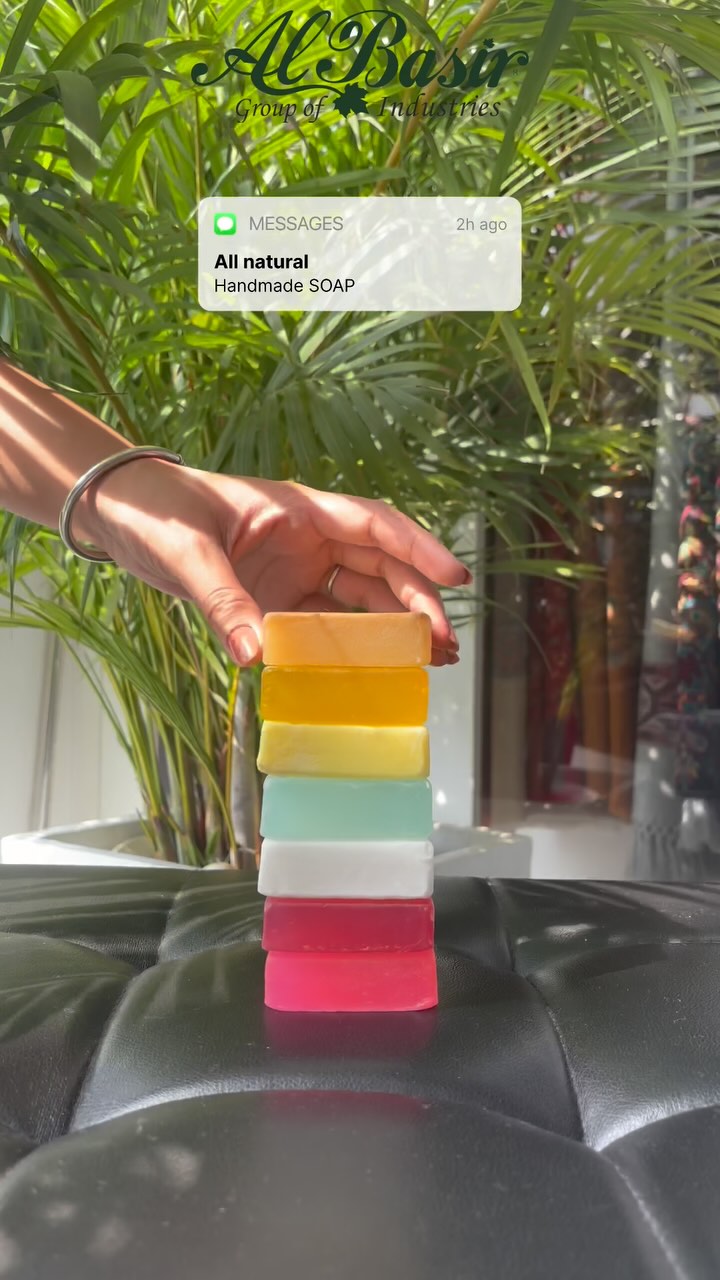Royal Admirers of Pashmina?
Pashmina is considered the finest craftsmanship in the world which transforms the exceptionally warm and delicate Cashmere threads to opulent accessories. The fleece of Changthangi Goat is known as Pashm which is an Urdu word & has origins in Farsi. This goat is exotic and is only found there, 15000 feet above sea level in Ladakh – Jammu and Kashmir, making the art of Pashmina even rarer and revered all over the world. Pashmina has fascinated kings, royals, and people all over the world by its magical allure and a traditional grace. Perhaps this was the reason why we chose to showcase the exquisiteness and regal demeanor of this centuries old art to the world.
Royal Admirers of Pashmina?
It’s not just today that Pashmina has patronage from around the world. There were times when this art was favored with royal patronage. Kings, queens, royal families and nobles all over the world knew Pashmina. In fact, they owned a large number of shawls and scarves.
It was in the 16th century when the birthplace of Pashmina – Kashmir – was under Mughal rule, that Pashmina was discovered. And the then Mughal kings were swooned by the mere looks of it. Later the aesthetics of this art spread more and French monarch Napoleon Bonaparte gifted his wife, Josephine, a Pashmina shawl. She is believed to have owned a few hundred shawls in that time. In Iran, rulers wore as well as gifted Pashminas within their political practices. Here in India Maharaja Ranjit decorated his court with hand-embroidered Pashmina shawls and Fabric. The present scenario isn’t too favorable for Kashmiri Pashmina. Yet Pashmina is even now considered the king of all fabrics which makes it timeless and a heritage.
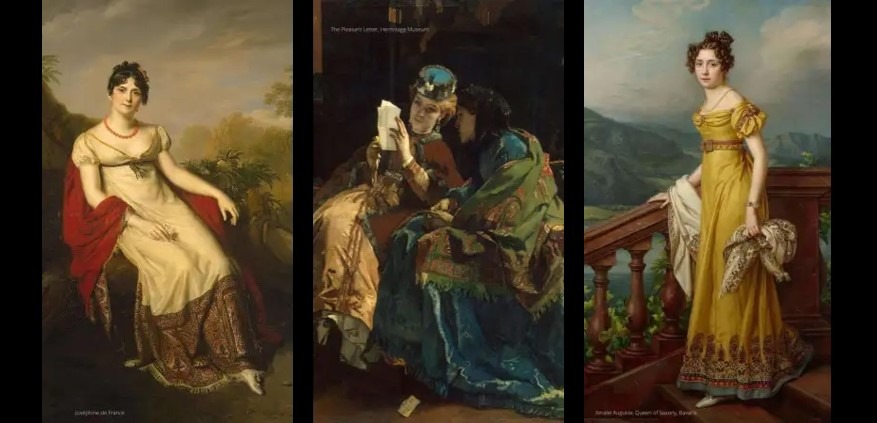
The Nomadic Land of Changthang ?
The dramatic beauty and the ornamental allure we see on a luxurious Pashmina shawl has a very humble beginning. Changthang is the land of the nomads, located east of Leh, about 14600 m above sea level. The area is untouched, unusual and rare. It seems as if the noise and grit of the city fades till it reaches Changthang top. Perhaps what makes it so is extreme climate, high altitude and remoteness. And since these properties made Changthang unsuitable for agriculture, the local nomads started rearing goats – the Changthangi goats. For the goats, these conditions are perfect. It is these goats which grow Cashmere – the same Cashmere which is processed in Kashmir to conceive Pashmina shawls.
Let’s take you deep into the journey of this unbelievable craft, right from Ladakh where from it is conjured, through narrow alleys of Kashmir, to luxury stores all across the world.
Over the 18th – 19th century, the Kashmiri Shawl occupied a unique place in European culture. That they were prized items is indicated by their prominent appearance in literature, portraits and even crime-reports in British papers of the time. One of the early reports, dating to 1776 promised a reward of 10 guineas on recovery!
